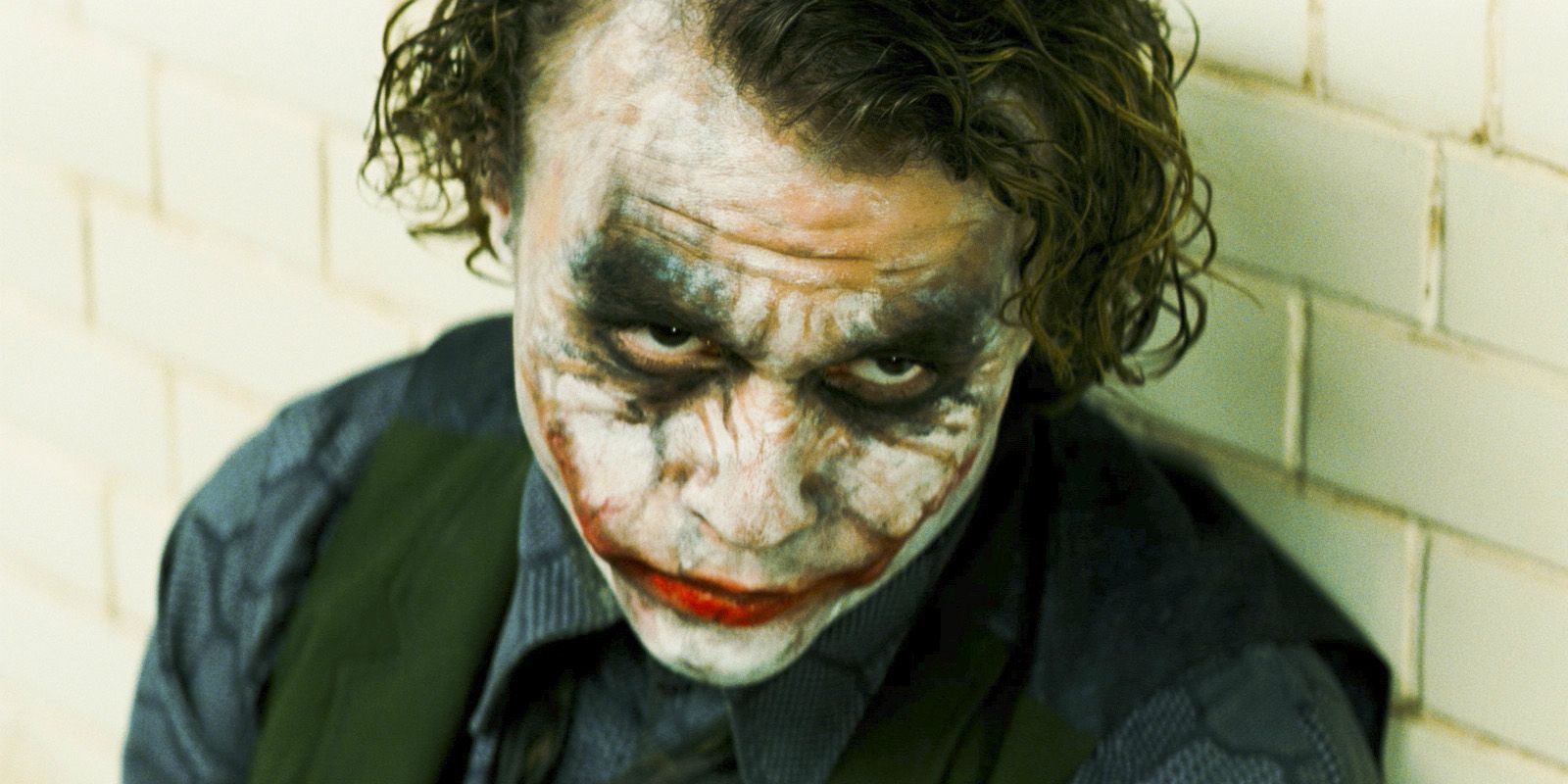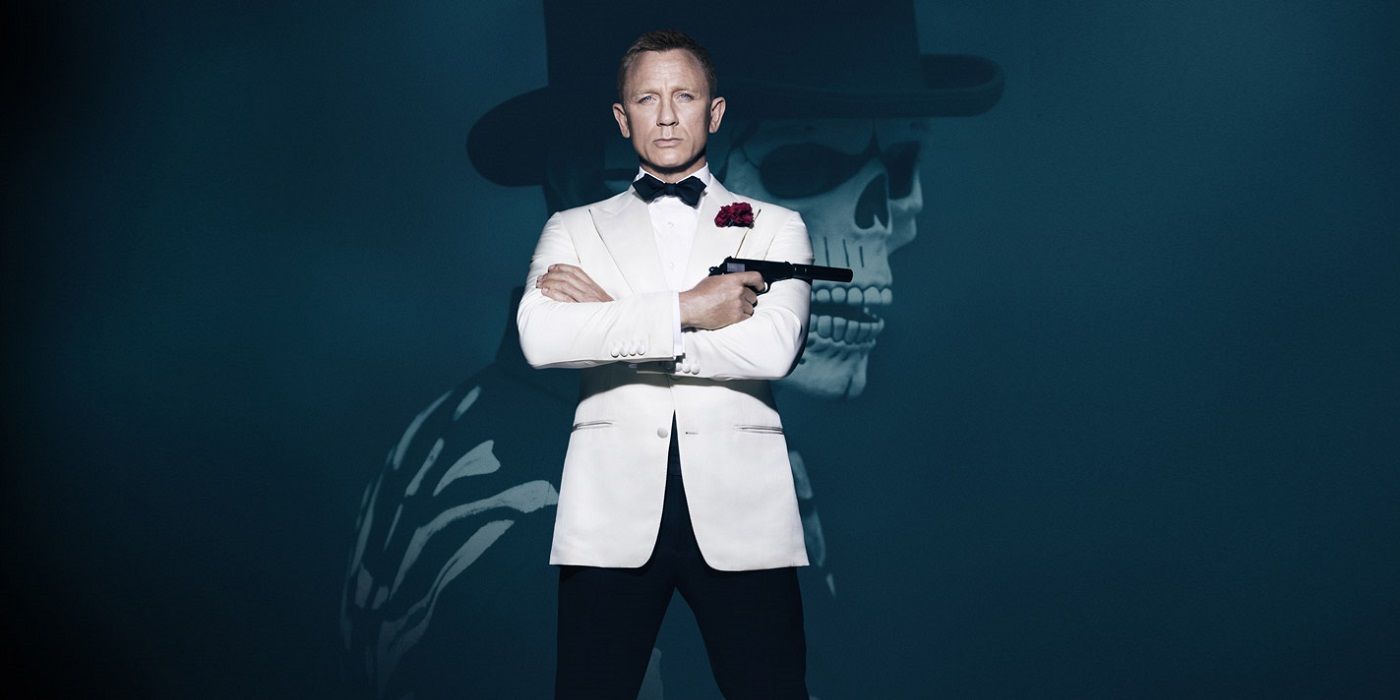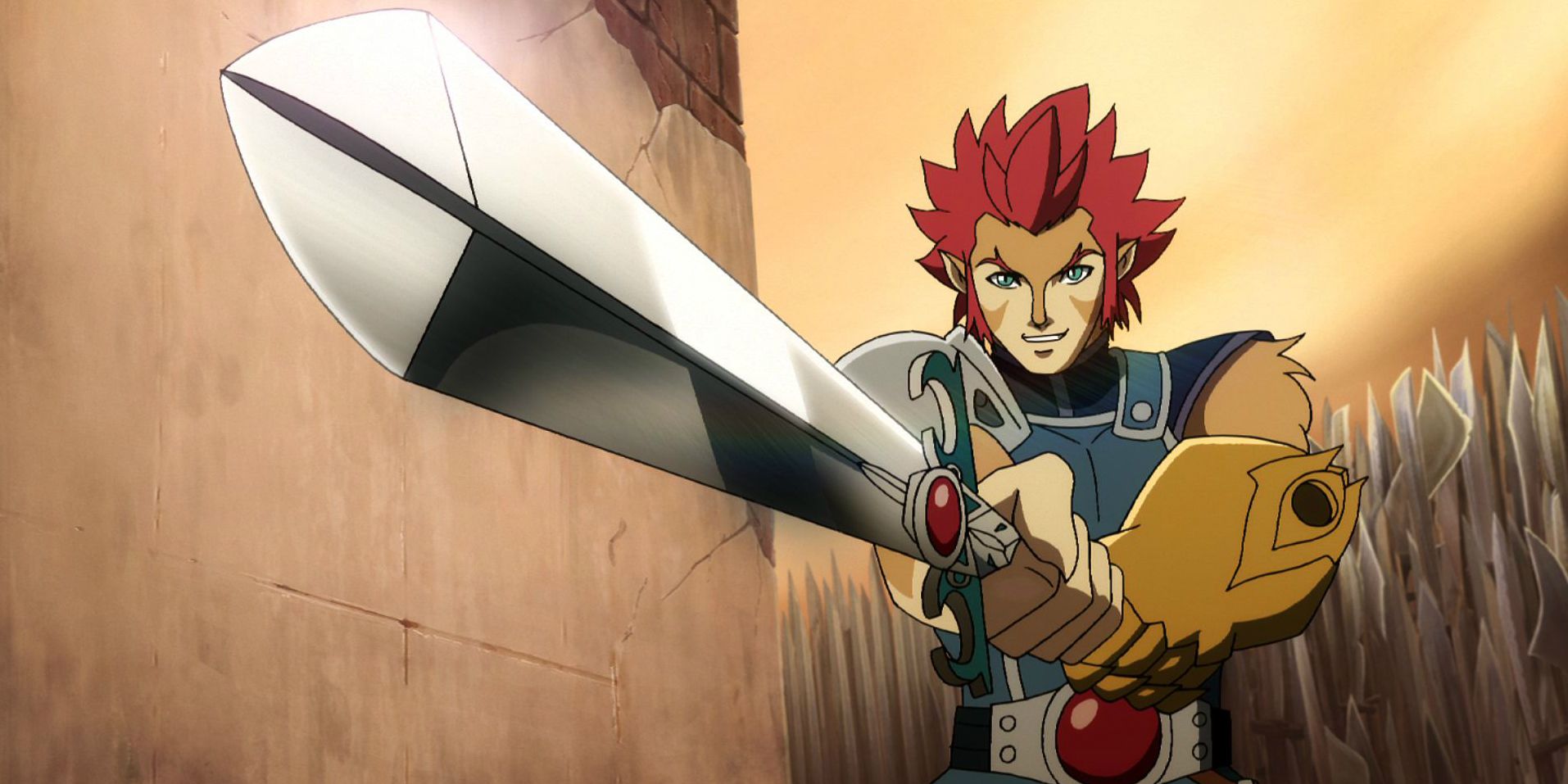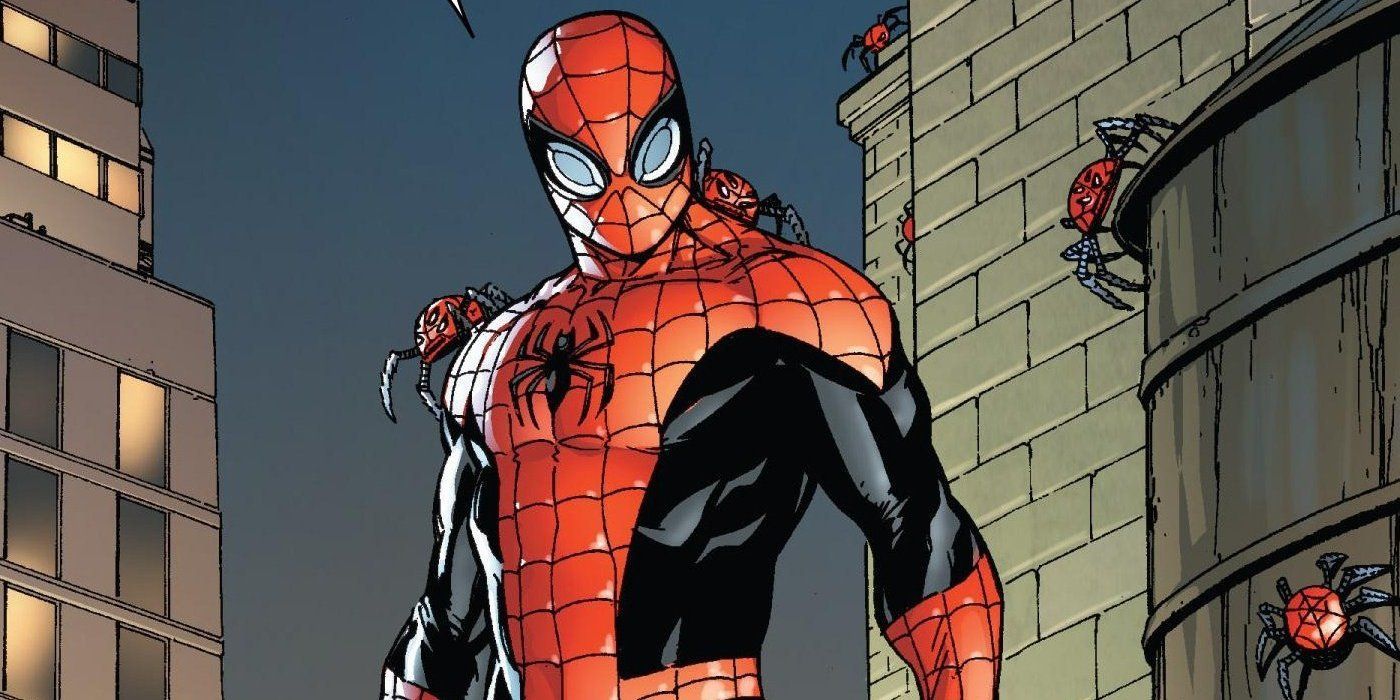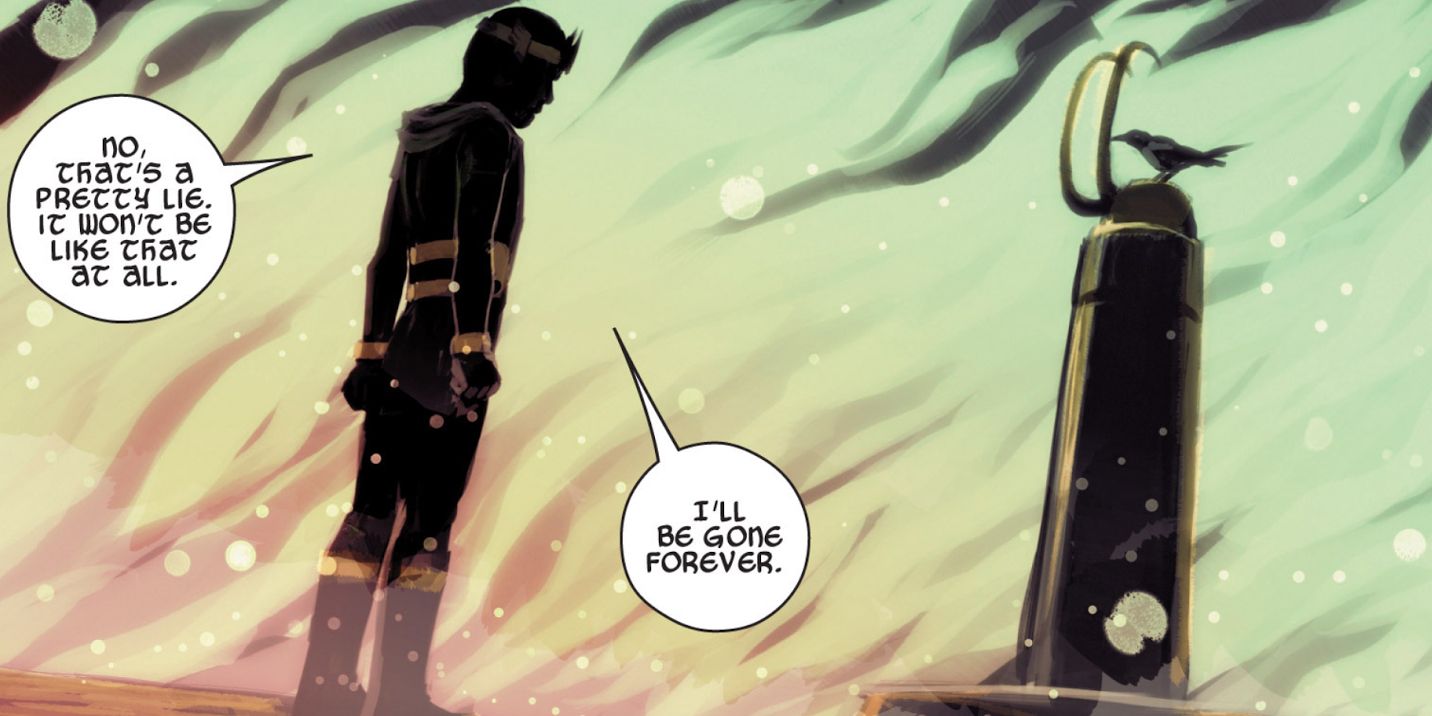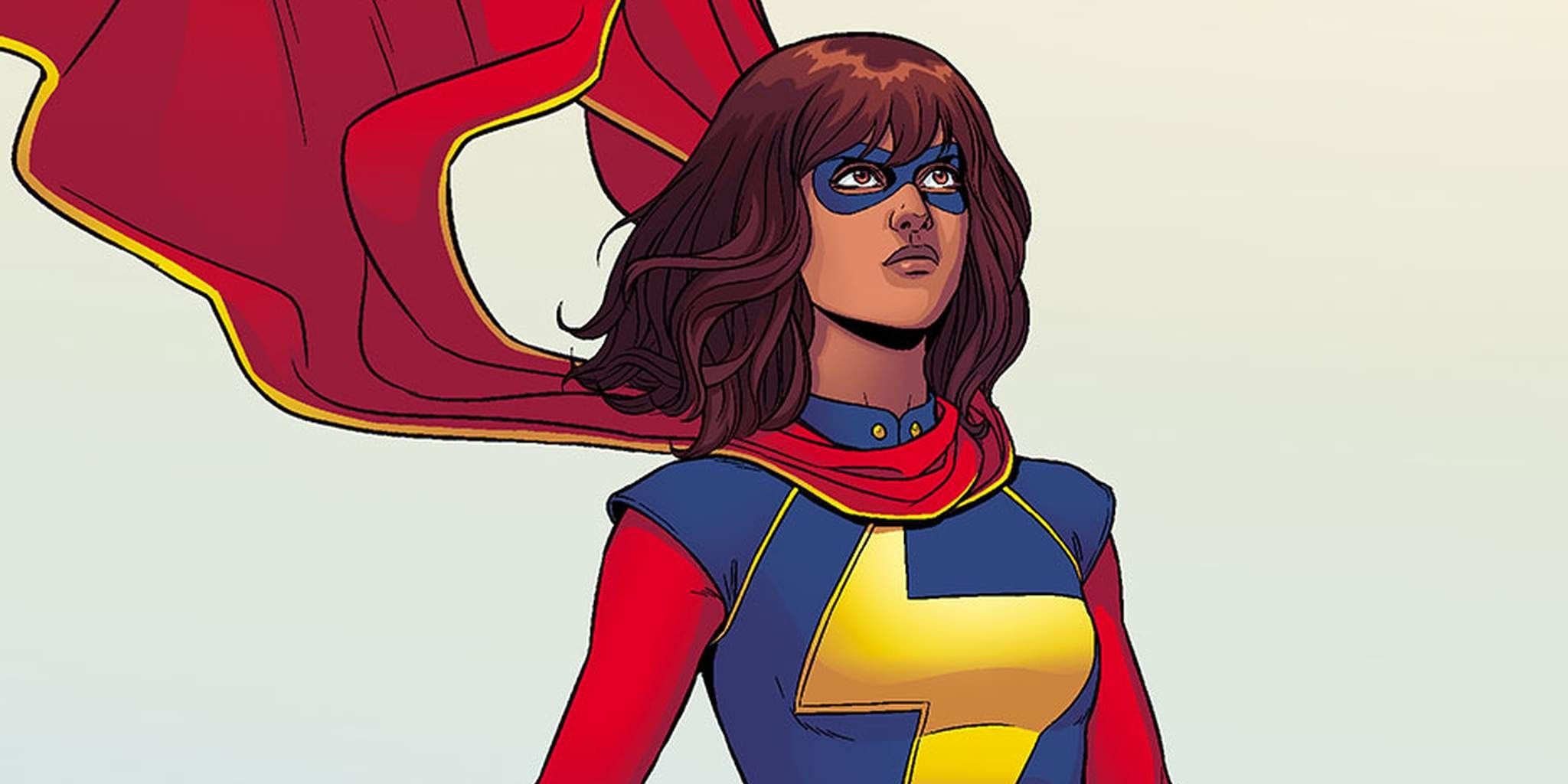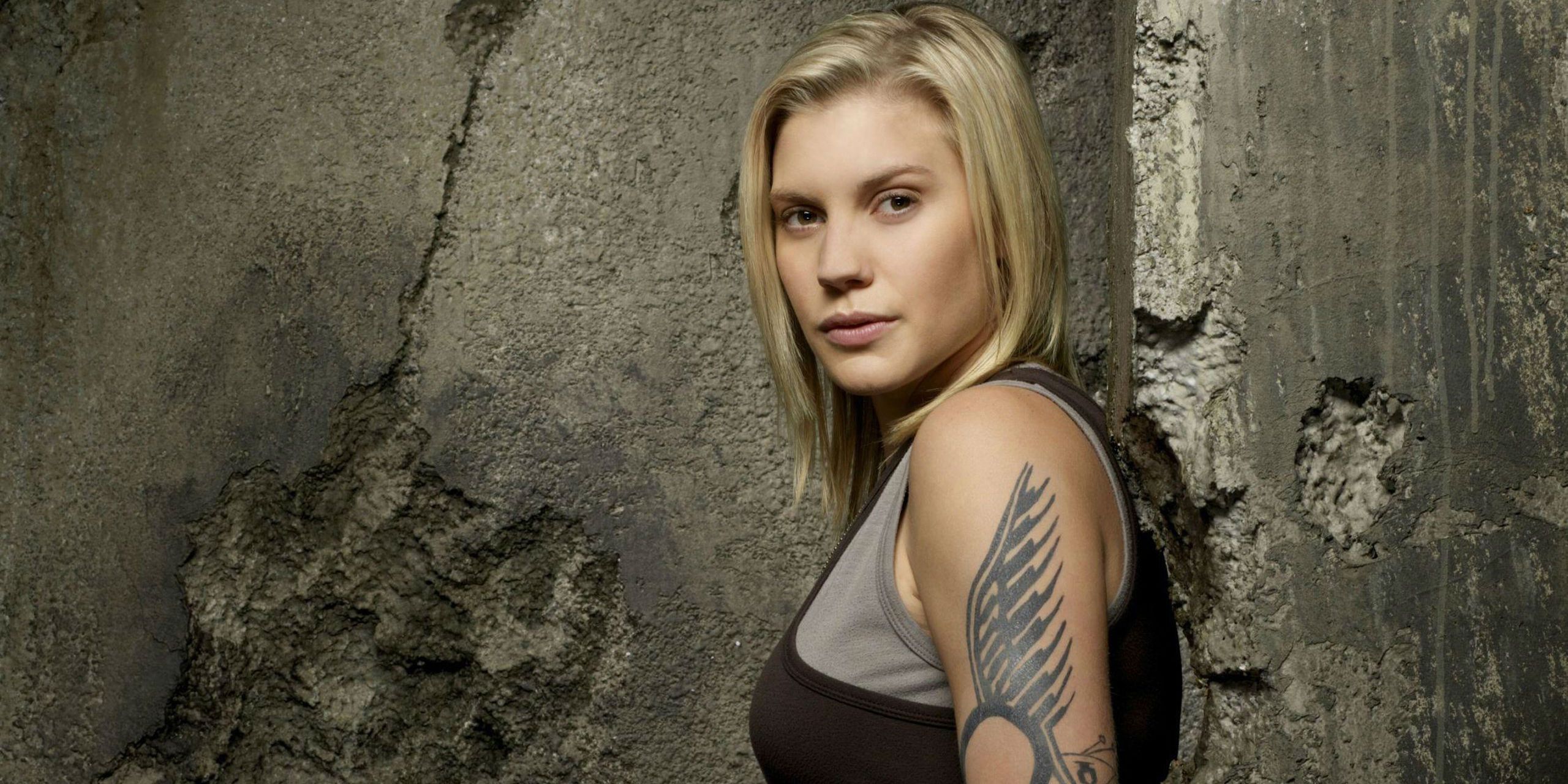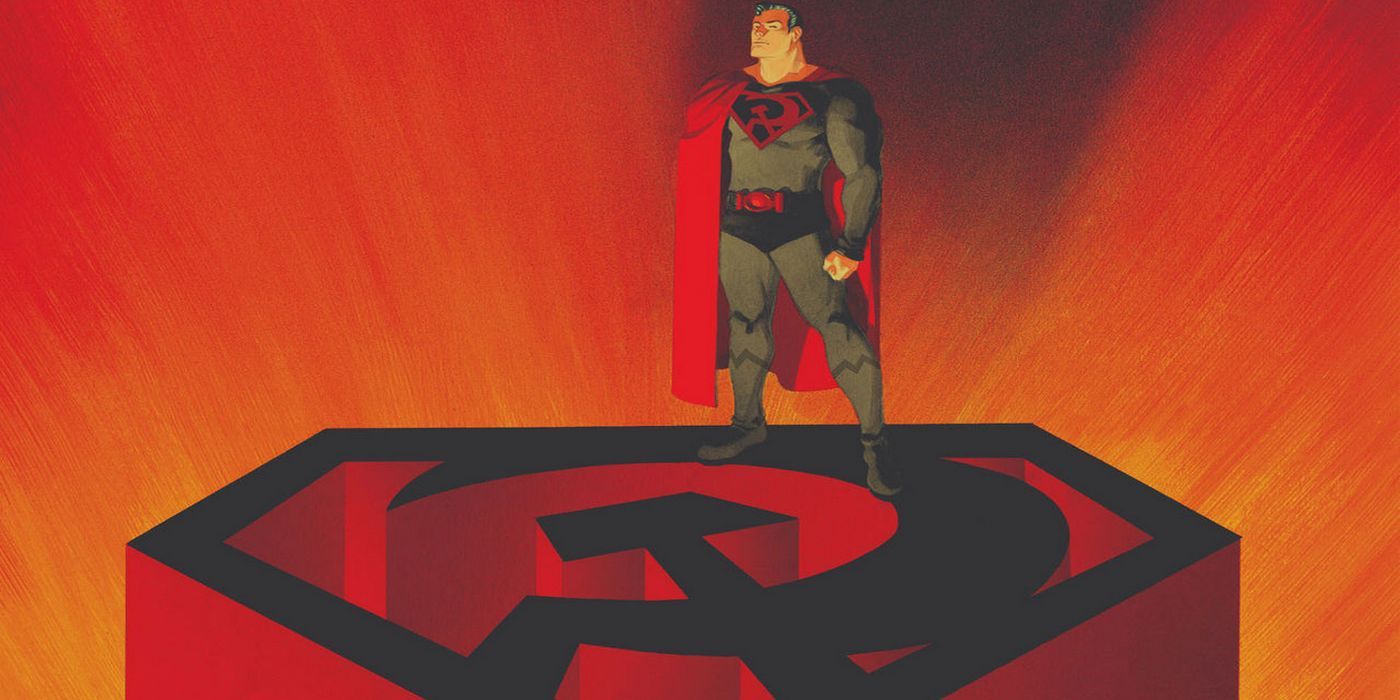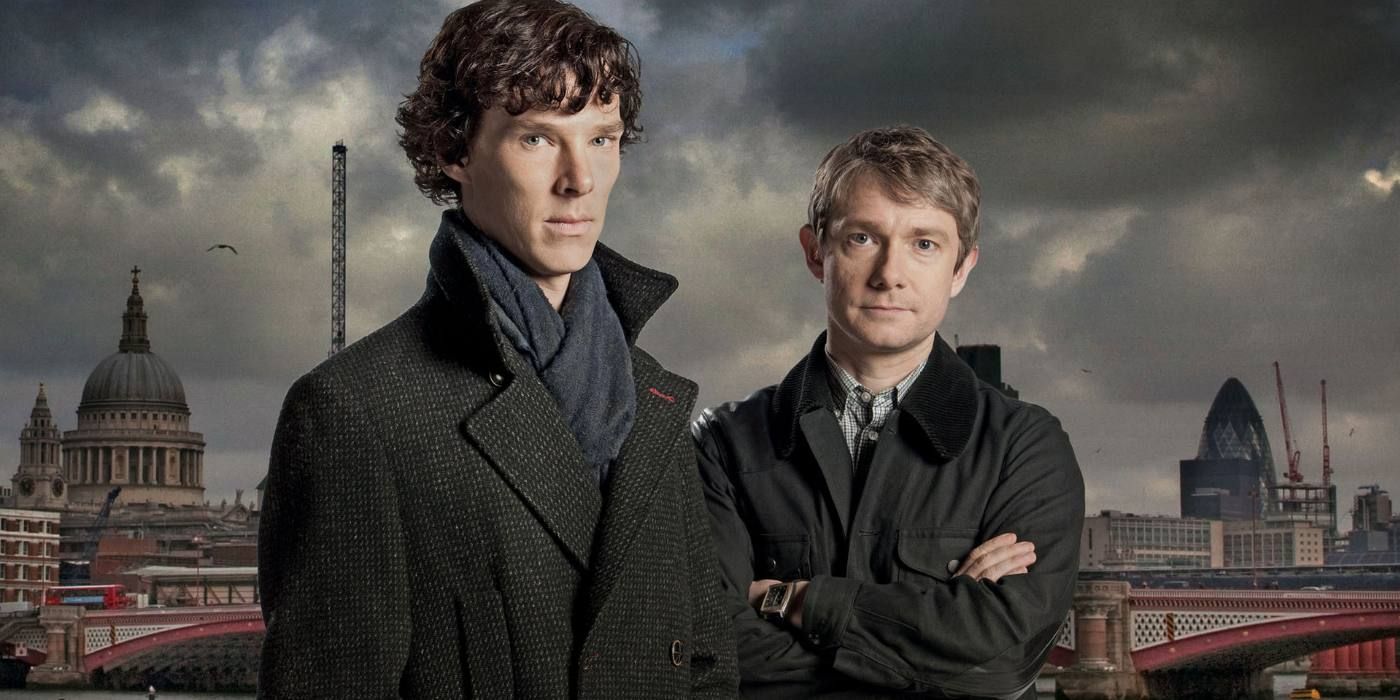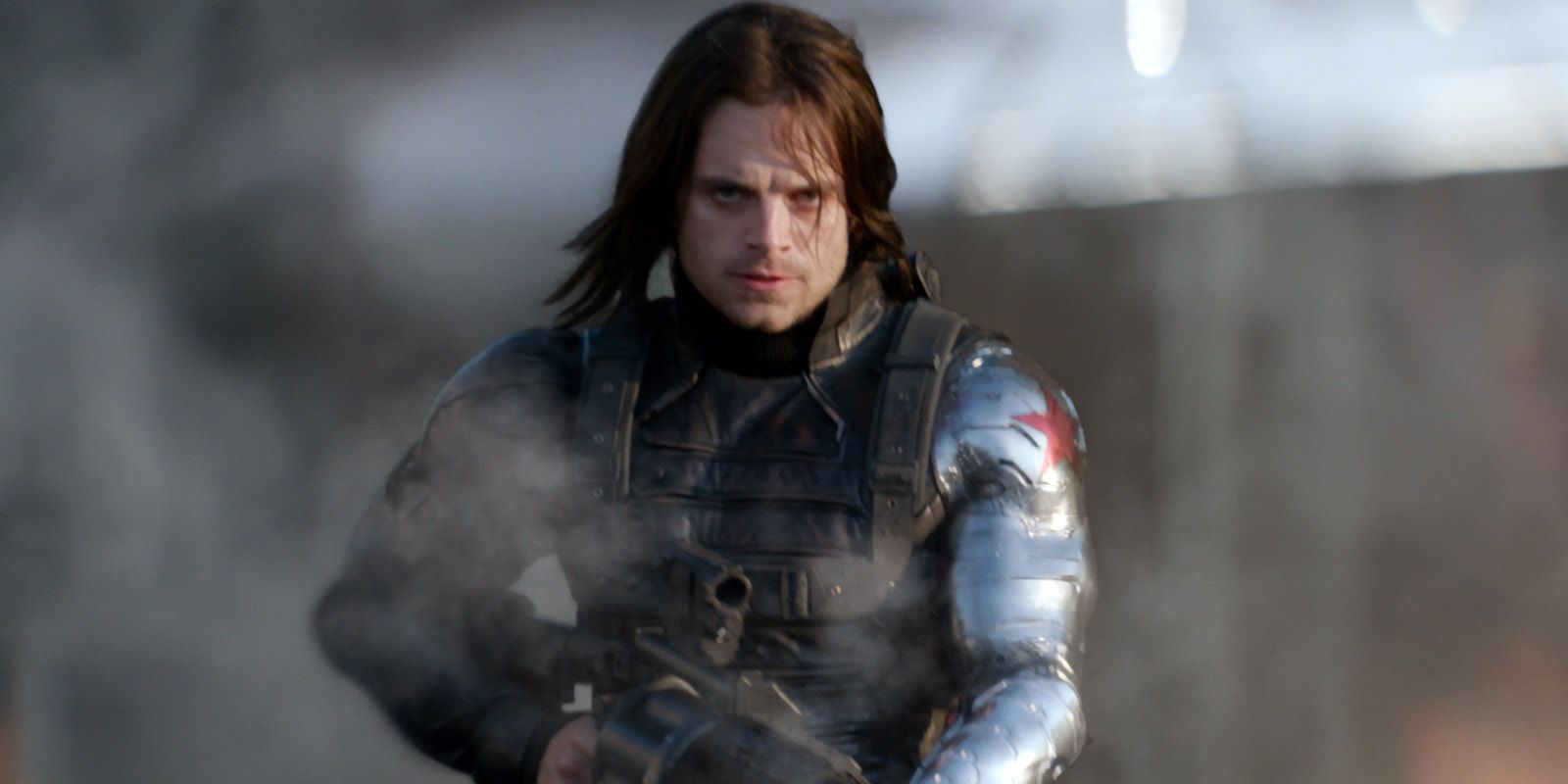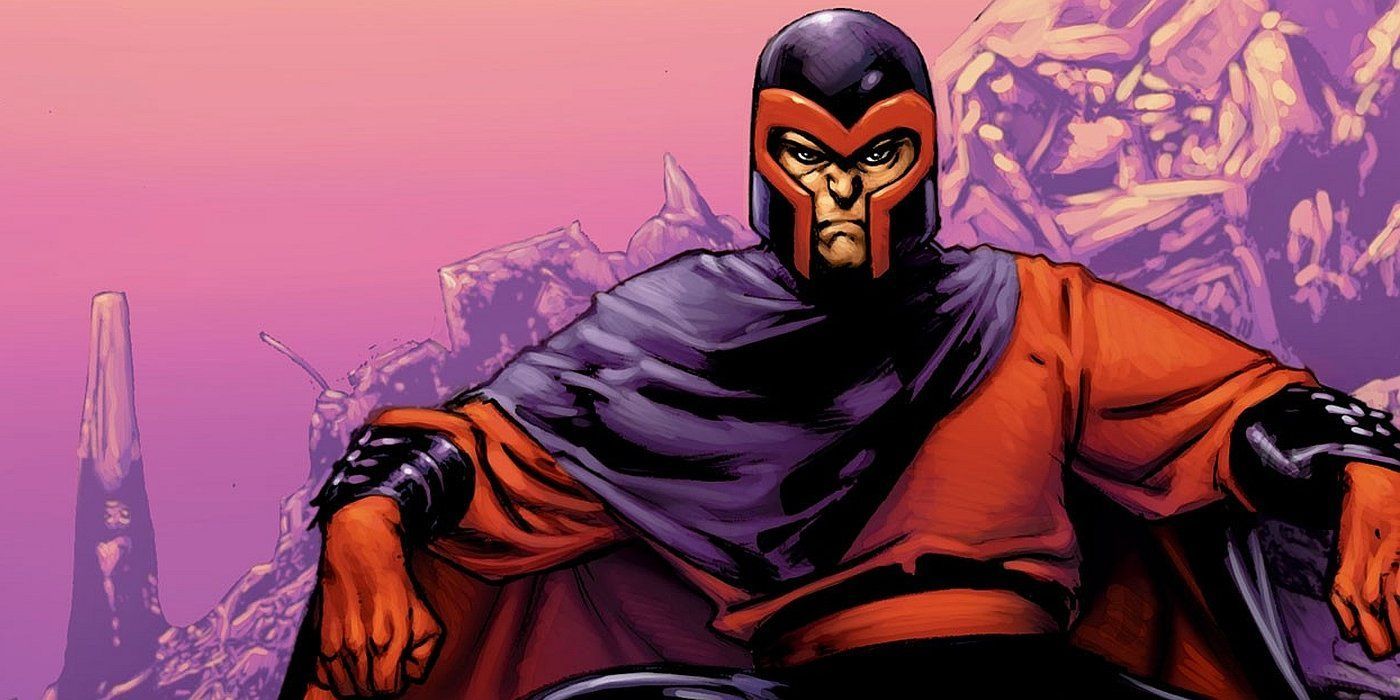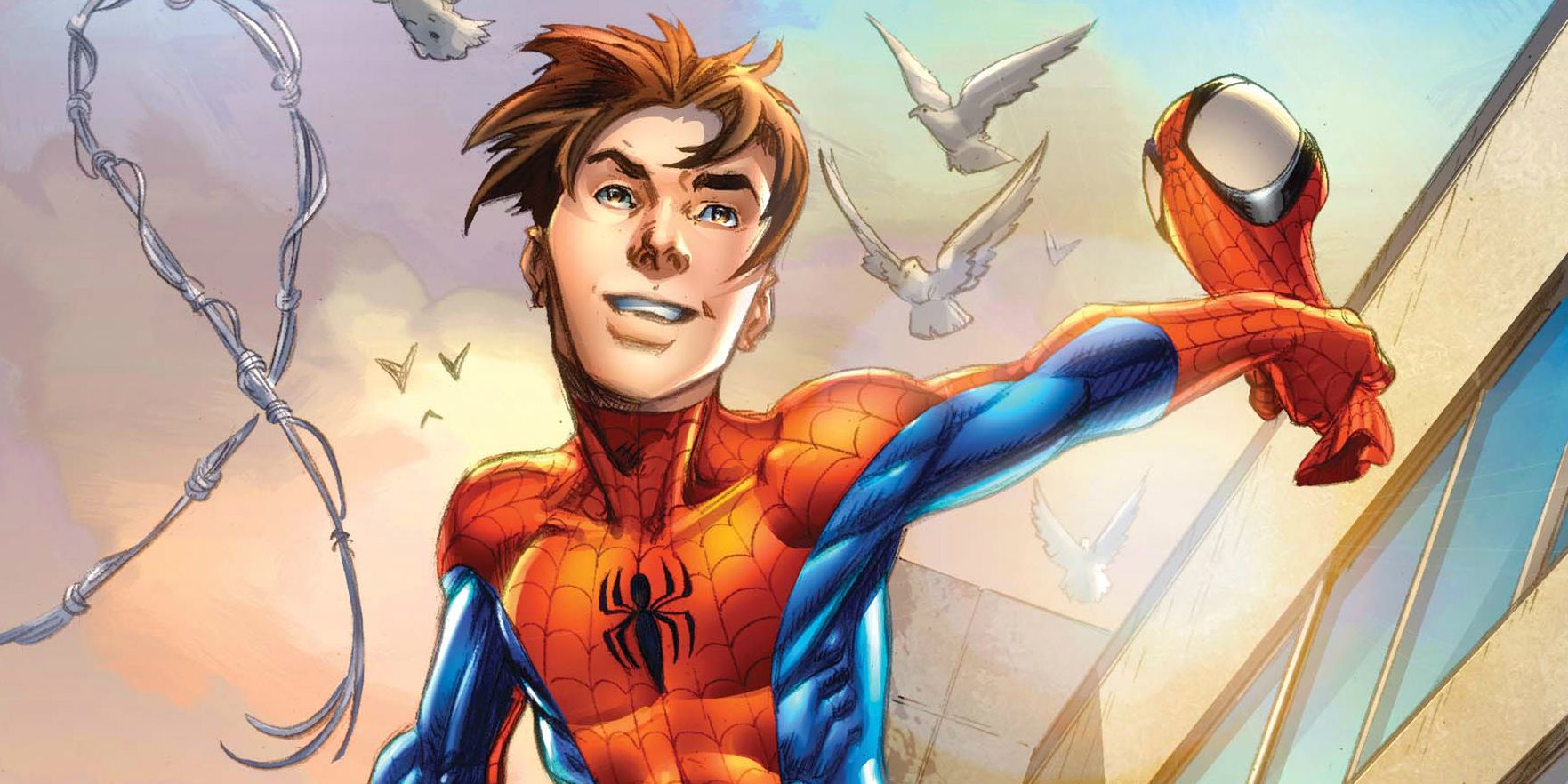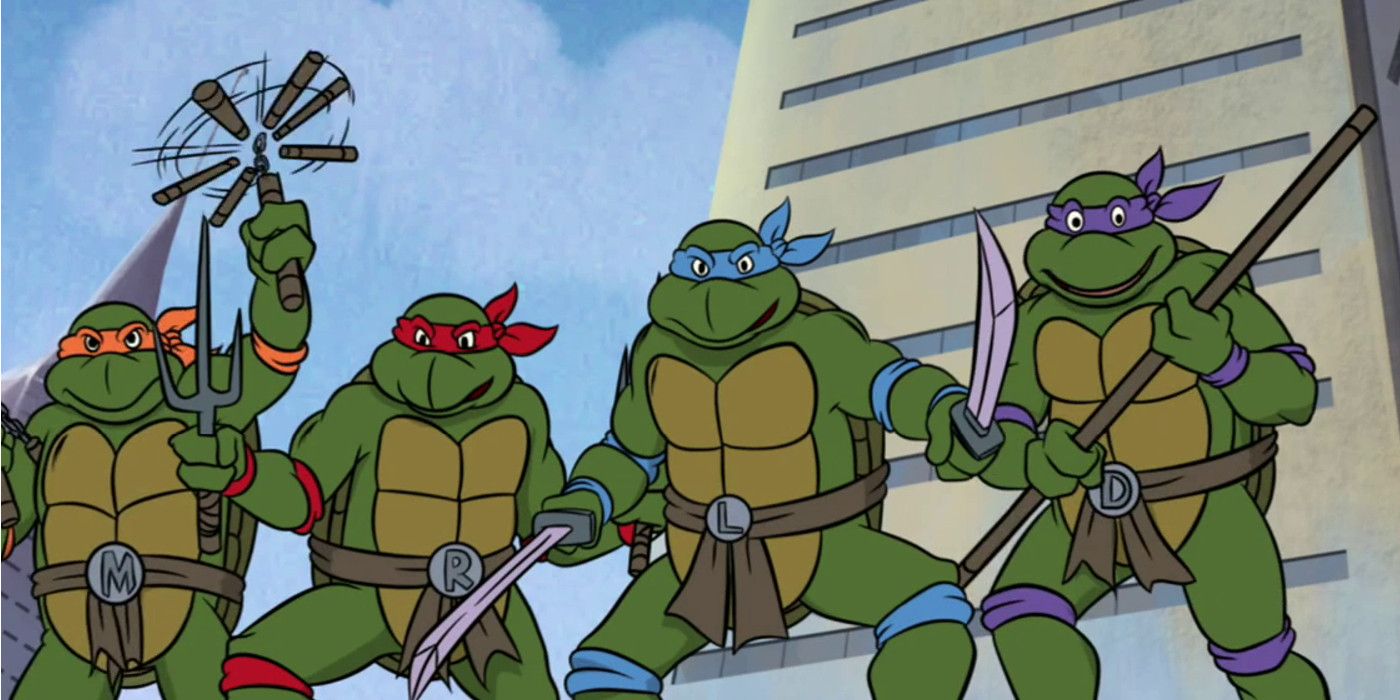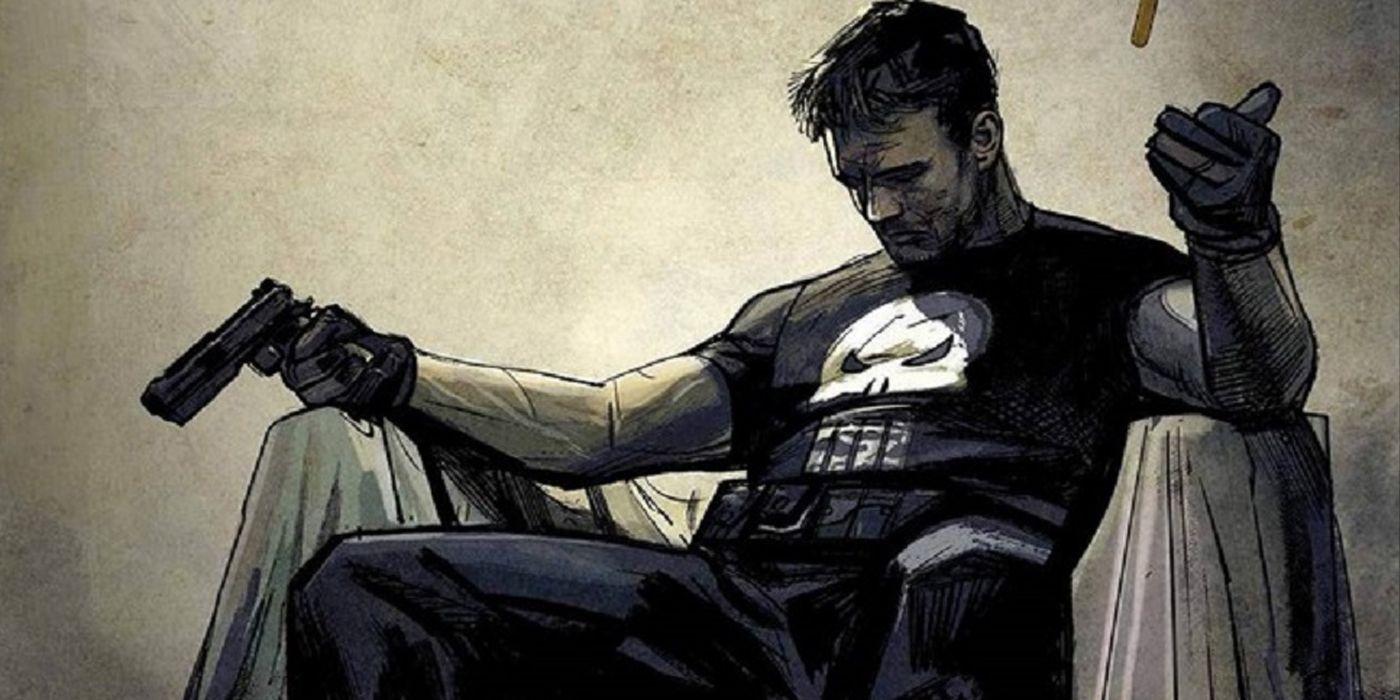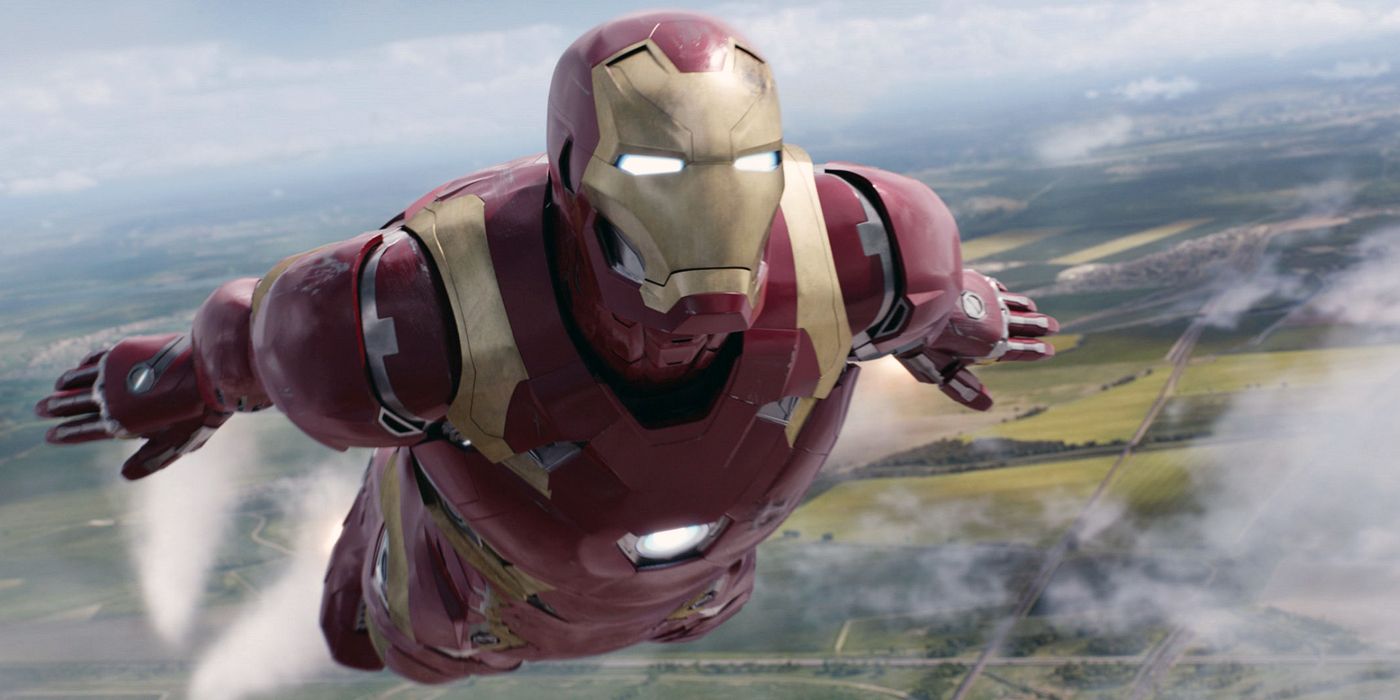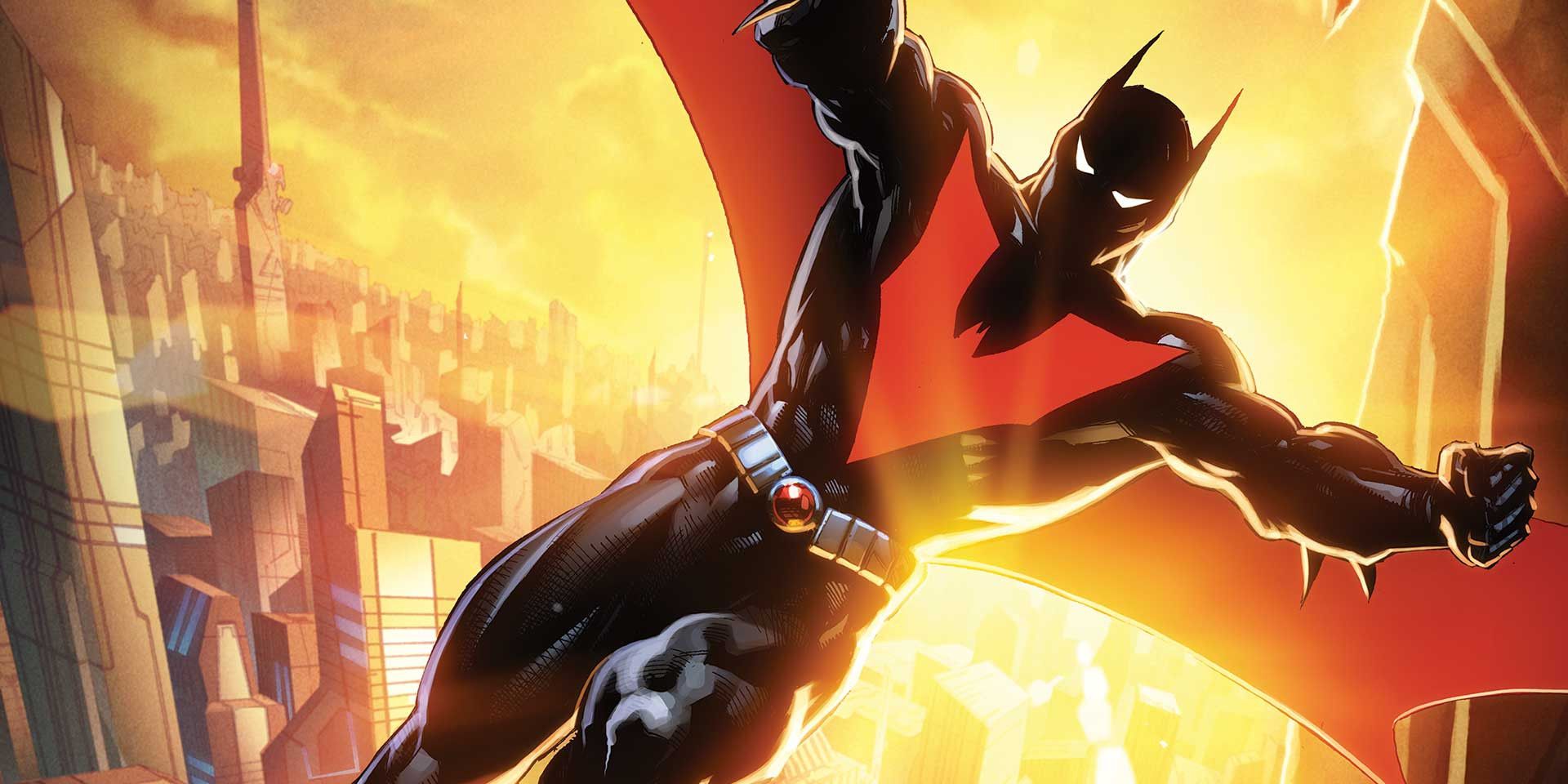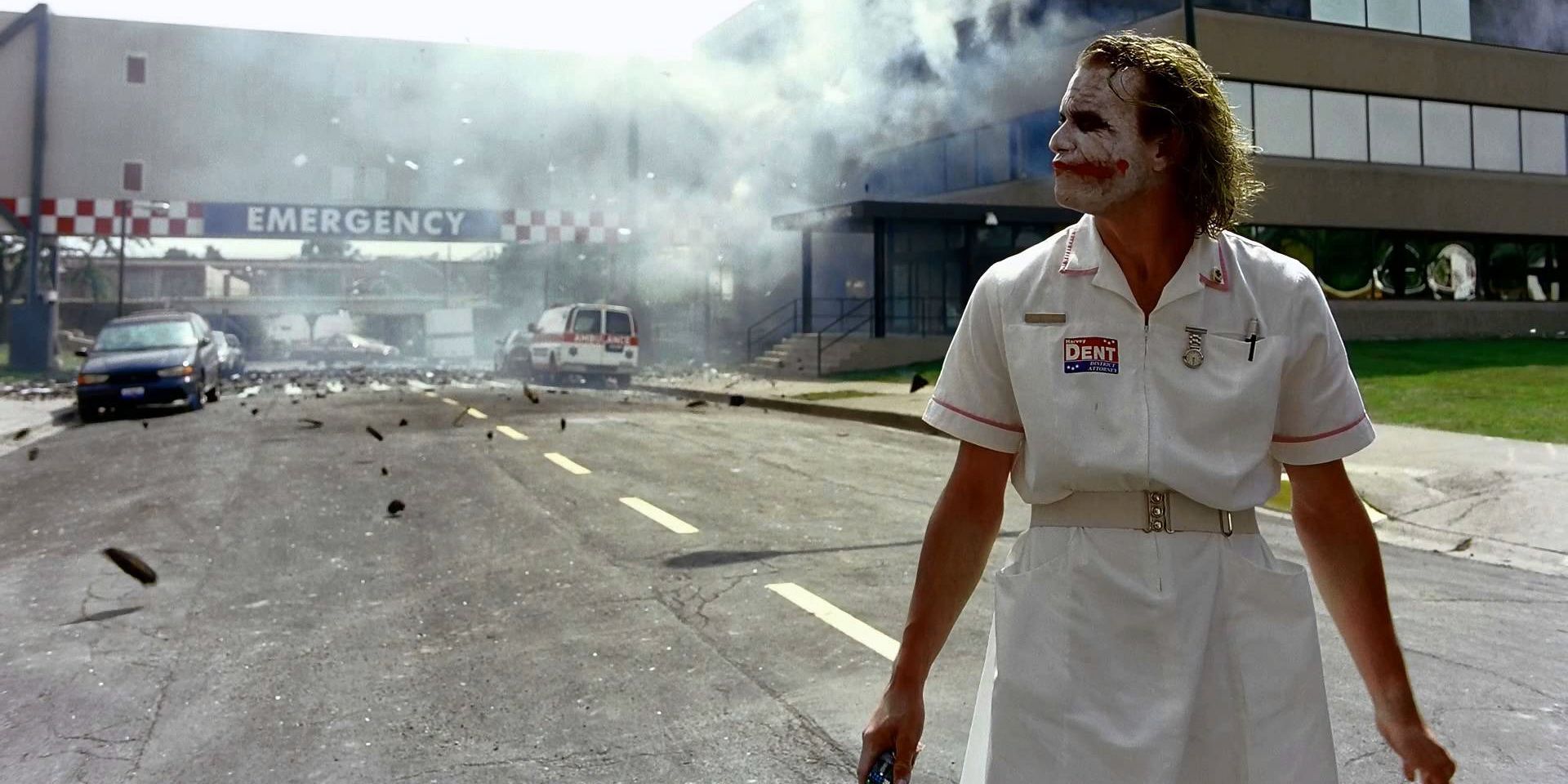Despite what many people might have been hoping, it looks like the reboot craze will be continuing well into 2017. This year, we've got Power Rangers, Spider-Man, and several other characters and franchises returning for a comeback. Will they be any good? Who knows, reworks are tricky things. In some cases, such as Schumacher's Batman, they are disasters that are best left to the dustbin of pop culture history. On the other hand, when they work as well as everything we're about to discuss, they can breath new life into old characters and reinvigorate failing franchises. Whether or not 2017's reboots are as good as any of the ones on this list remains to be seen.
These reboots aren't necessarily better than the original works on which they're based, but they all bring something new to the table that was lacking in previous incarnations. From the comical and absurd to the grim dark, here is Screen Rant's 16 Best Reinventions Of Classic Characters.
16. Daniel Craig's James Bond
James Bond might very well be the most iconic character on this list. Ian Fleming’s superspy has been starred in novels, comic books, and video games for decades now, but most people know the character from his appearances on the silver screen.
The interesting thing about Agent 007 is that he is reinvented every few years. When the current actor playing the character decides to move on, the producers simply cast a new actor in the iconic role. Every actor has played Bond a bit different, but none changed him quite so much as Daniel Craig.
Craig’s predecessor, Pierce Brosnan, wasn’t necessarily bad, but even the actor himself has said his Bond was a bit bland and too smug. Craig’s 007, on the other hand, gives us a more flawed and grounded (read: more human) take on the classic character.
The movies themselves, in our opinion, also underwent a bit of a change. Brosnan’s bond films were far campier than those of his successor. That’s not to say that Craig’s take on the character was entirely realistic, but the fantastical elements were downplayed significantly, and audiences were finally granted a Bond for the 21st century.
15. 2011's Thundercats
This is probably one of the more controversial entries on this list, as the 2011 reboot of Thundercats definitely has its detractors. To be fair, the show is not without its flaws, but we think it had something to offer in spite of its shortcomings.
For starters, the show’s technical aspects were very strong. The voice cast, led by Batman Beyond’s Will Friedle, all turned in strong performances. The animation was crisp and the action scenes were well-done and fun to watch.
Beyond that the show’s storyline, though rightfully criticized for being a bit too reminiscent of more popular movies and shows, was an interesting blend of darkly serious and childish humor. It’s clear the show was attempting to appeal to older fans of the original series and younger fans alike. Despite its shortcomings, however, it was an entirely enjoyable watch, one that definitely helped get people excited about Thundercats again.
14. Doctor Octopus As Superior Spider-Man
They say that heroes are defined by their villains, but what happens when the villain is the hero? That’s the question that Superior Spider-Man sought to answer. By, at least temporarily, killing off Peter Parker and allowing long-time foe Doctor Otto Octavius to take his place, Marvel completely upended the status quo of one of their most famous and popular characters.
What began as a cynical, cowardly, and selfish attempt to avoid his own death grew into a chance for Doc Ock to atone for the many mistakes he had made throughout his life. His tenure as Spider-Man was more violent than his predecessor's, but he still went out of his way to protect people. Unlike Peter, who often took a reactionary approach to crimefighting, Octavius used his technology to help make the city safer, even when he wasn’t around.
That being said, it’s Doc Ock's personal life where things got really interesting. Posing as Peter, he earns a PHD, becomes a successful scientist, and falls in love with Anna Maria Marconi. Otto had planned to marry Marconi, but instead choose to give his life so that the real Spidey could return.
13. Kid Loki
Since his debut in 1962, Marvel’s Loki has been cast primarily as a foe of the Avengers and archenemy of his half-brother Thor. Given the ambiguous portrayals of Loki found in Norse mythology, this role makes sense for him, but over time, we saw hints that there was a part of him might want to change.
Following the events of Siege, Loki is reincarnated as “Kid Loki.” This take on the trickster god retains the mischief and charm of his villainous past-self, but is, ultimately, a better person. Kieron Gillen’s Journey Into Mystery follows Kid Loki’s exploits as he attempts to make up for his past crimes. He eventually joins the Young Avengers and, through a convoluted scheme, is aged up a few years, allowing him to help defeat the parasitic entity known as Mother.
From there, Loki becomes an agent of Asgard, performing tasks on behalf of the All-Mother in order to atone for his past crimes. Ultimately, Gillen’s take on Loki gave us a fresh look at an old character that retained what makes him so much fun while still giving us something we hadn’t seen before.
12. Kamala Khan as Ms. Marvel
Over the past few decades, comic books have gotten increasingly dark. This isn’t necessarily a bad thing. After all, the stories are still selling, so people are obviously interested in darker stories and characters. That being said, there comes a point when even the biggest Frank Miller fan will want something with a bit more fun, and that’s where Ms. Marvel comes in.
Her solo series debuted in 2014, and since then, the new Ms. Marvel (Kamala Khan) has become a huge hit. The series was praised for its realistic portrayal of Muslims and teenage life in general. But the biggest reason the series did so well is the simple fact that the new Ms. Marvel was such a fun character to read. Unlike a lot of heroes, Khan has no tragic backstory that drives her, no lost family members or doomed homeworld. Rather, she fights crime solely out of a desire to help people, and she clearly enjoys every moment of it. Her sense of fun and adventure is infectious.
11. Kara "Starbuck" Thrace
Honestly, we could write a version of this list solely comparing the two different versions of Battlestar Galactica, because the two shows are so very different. But if we had to choose one to discuss, it would have to be Kara “Starbuck” Thrace.
The most obvious difference between the old and new versions of Starbuck is that the original was a man. The gender-swapping didn’t sit well with some fans due to the original’s popularity, but Katee Sackhoff managed to win over even the most stubborn of critics with her portrayal of the idealistic but damaged fighter pilot. True to the reboot’s darker roots, Sackhoff’s Starbuck is more serious than the version played by Dirk Benedict, but the two do have some things in common, such as a penchant for gambling and drinking. We won’t go so far as to say Sackhoff’s character was better than Benedict's, as that’s a matter of taste, but she is definitely one of the best sci-fi characters to grace our TV screens in a long time.
10. Superman Red Son
Superman is arguably the most famous superhero ever created, so reinventing such a well-known character is always going to be a bit tricky. The best of the DC Elseworld stories are the ones that present a unique take on the Man of Steel while still maintaining the optimism and compassion that makes Superman so inspirational, and Red Son manages to do that perfectly.
Instead of crashing in Kansas, Kal-El’s ship lands in the Soviet Union, where the young man is raised to be a champion of socialism. After the death of Joseph Stalin, Supes becomes the leader of the Soviet Union, but the truly interesting thing about this twist is that Soviet Superman is still a fundamentally good person. He truly wants to make the world a better place, and frequently goes out of his way to save people, including those in the United States.
Beyond just Superman, we also see a few other characters given a unique Cold War twist in the series. Batman is cast as an anti-communist rebel whose parents were killed by the KGB, and on the other side of the war, we have Lex Luthor, who uses his intellect to protect the United States from Superman.
9. BBC's Sherlock
Sherlock Holmes, the archetypal detective, is one of the most famous fictional characters of all time. Since his creation in the late 1800s, Holmes has seen his popularity ebb and flow, but he’s always remained popular enough to remain in the public consciousness.
In recent years, he’s enjoyed a renaissance of sorts thanks to the BBC’s hit show Sherlock. Showrunner Mark Gatiss (who also plays the titular character's brother, Mycroft, in the series) said that he often found adaptations of Sir Arthur Conan Doyle's work to be “too reverential and too slow.” Instead, he drew inspiration from films of the 1930s and 1940s, which brought Holmes into the interwar era.
Gatiss’ Sherlock is set in the modern world, and the famed detective makes use of all the conveniences of modern life in order to solve his cases. It’s a simple premise that works well thanks to a combination of good acting and stellar writing. Now if only we could get new episodes more often than once every two or three years...
8. MCU Bucky Barnes
From Robin to Aqualad, child sidekicks are a mainstay of superhero comics. In some instances, they can add a lot to the story, but in all honesty, comic book Bucky Barnes really didn’t work all that well. The problem with Bucky being a child is that the concept is either absurdly silly or incredibly dark. Robin fights crime, sure, but that’s a bit different than thrusting a child into one of the most destructive wars in human history.
The MCU’s choice to make Bucky the same age as Steve might have angered purists, but we think it works better than the original for a couple of important reasons. First of all, the tone of the MCU is sufficiently serious enough that the idea of a taking a child into WWII would be absolutely absurd. Secondly, making Bucky the same age as Steve actually improves their relationship. No longer is this a hero and his sidekick, but best friends who grew up together. That makes Bucky’s sacrifice and eventual return as the Winter Soldier even more powerful.
7. Magneto's Origins
Magneto is one of the most popular supervillains to grace the page of Marvel Comics. Admittedly, his ability to control metals is a really neat power, but it’s the character tragic backstory that really makes him stand out.
Born in Nazi Germany, Max Eisenhardt’s powers first awoke when he saw his parents killed by the Nazis. Given this backstory, it makes sense that Magneto would grow to believe that peace between humanity and mutants was an impossibility. His entire life’s work is driven by a desire to make the world safe for his fellow mutants. His every act of cruelty is, in his mind, justified by the belief that humanity wants to wipe out his kind.
His hatred of humanity is one of the more tragic, and hypocritical, aspects of Magneto's character, as its driven him to commit acts of terrorism and murder on numerous occasions. In the end, he becomes the very thing he so often rails against: an intolerant tyrant who believes his people are destined to rule the world.
By rewriting Magneto's backstory to make him a survivor of the Holocaust, the writers added layers of depth to a character that was, previously, little more than a madman bent on world domination.
6. Ultimate Spider-Man
First created in 1962 by Stan Lee and Steve Ditko, Spider-Man is a pop culture icon and of the few Marvel characters to rival Batman and Superman in terms of mainstream exposure. Reinventing such an iconic character is never an easy task, but, in Ultimate Spider-Man, Brian Bendis pulls it off with a fresh new take that still managed to be respectful of Spidey's storied history.
Unlike a lot of the characters in the Ultimate universe, Ultimate Spider-Man’s personality and backstory were relatively unchanged from the canon version. There are some minor differences, but the core elements of the Spider-Man mythos remained the same. Really, the biggest difference between the two versions was that Ultimate Peter Parker was still in high school. There were some classic Spider-Man stories from this era so it’s great that the Ultimate universe gave newer readers a chance to see versions of those classic stories that they might otherwise never come across.
That being said, Ultimate Spider-Man does have a few flaws. As a writer, Bendis is a true talent, but some of his story arcs tend to drag on longer than they should. Plus, the series ran for more than 10 years which means, by the time of Peter’s death, new readers had a rather intimidating back catalog to work through, which undermined the purpose behind the Ultimate universe to a degree.
5. Teenage Mutant Ninja Turtles (1987)
The Teenage Mutant Ninja Turtles first appeared in a comic book created by Kevin Eastman and Peter Laird in 1984. The series began as a gritty ultra-violent parody of comics such as Frank Miller’s Daredevil and attained a major cult following in doing so.
That being said, the vast majority of fans were introduced to the series via the 1987 cartoon series of the same name, which was a far cry from the comic on which it was based. Rather than being trained assassins, the Turtles were pizza-chomping, pun-spouting heroes. The villains also underwent a dramatic change, with the ominous Shredder being turned into a bumbling buffoon assisted by the miraculously incompetent mutants Bebop and Rocksteady.
To fans of the original series, the show we described above might sound like the prime example of corporate meddling gone wrong, but, for children of the '80s and '90s, it was pure gold. The plots were silly and the villains were hopeless, but the action and cheesy humor combined to create something that was absurdly fun. The series completely redefined the Turtles and left their dark origins in the rearview mirror for good. Well, in the eyes of most, anyway.
4. Punisher MAX
The MAX imprint was created in 2001 as a way for Marvel to focus on R-rated comics. Perhaps no character was better suited to this treatment than the Punisher. Already one of the most bloodthirsty characters on Marvel’s roster, this revamp allowed the writers to up the ante in terms of violence.
That being said, it wasn’t just the hyper-violence that made this series such a hit. There were several notable differences between the MAX universe’s Frank Castle and the mainstream one, one of the biggest being that there are no costumed superheroes in the MAX universe. This is briefly referenced in the original Civil War, when Iron Man comments that the Punisher almost seems to exist in two worlds, one in which heroes can capture him, and one where they can’t. The second major difference is that, unlike in the mainstream Marvel universe, Castle ages in real time. This is an interesting twist that allowed the creators to tell stories relevant to current events.
Violent and unique, Punisher MAX is one of the best takes on Frank Castle we’ve seen in a long time. Hopefully, his new Netflix series (set to debut later this year) will take heavy influence from this iconic iteration of the stone-cold killer.
3. MCU Iron Man
Iron Man has been around since the '60s, but it wasn’t until he got his own movie in 2008 that Tony Stark became a household name. Grounding his origins in the ongoing conflict in the Middle East gave this version of Stark a modern backstory that remained faithful to what made the original so compelling. After being captured by terrorists, a brilliant but selfish and narcissistic inventor of weapons decides to atone for his mistakes by becoming a narcissistic, but slightly less selfish, superhero.
The above doesn’t really make Stark sound like that great of a person, but that’s part of his appeal. Underneath his many flaws lies a good man, and throughout the course of his MCU outings, we get to see that hero emerge.
Of course, a lot of the credit for the breakout success of Iron Man goes to Robert Downey Jr., who effortlessly manages to make Stark both incredibly charismatic and somewhat unlikeable at the same time. It’s a fine line to walk, but RDJ balances it all out perfectly, and he's now become the face of the MCU.
2. Batman Beyond
Batman: The Animated Series is one of, if not the, greatest animated TV series ever made. It was one of those rare children’s shows that didn’t talk down to its audience, which made it enjoyable for adults and kids alike. With that in mind, a sequel to such a beloved series had to be a daunting task, but Bruce Timm rose the occasion with Batman Beyond.
Set in the oh so distant future of 2039, Bruce Wayne has hung up the mantle of the Bat, and Gotham City has once again descended into a cesspool of crime and corruption. After being rescued by an elderly Bruce Wayne, Terry McGinnis stumbles upon the Batcave. Determined to avenge his father’s recent murder, the high schooler steals a high-tech Batsuit and becomes the Batman of Neo-Gotham.
The sci-fi cyberpunk theme presents us with a take on the Batman universe that had never been seen before, one complete with its own rules and slang that helps to add to the authenticity of the series. Many of Terry’s villains, such as the absolutely wonderful Inq, have a sci-fi vibe that really helps them stand apart from Bruce’s legendary rogues gallery. It certainly doesn't hurt that McGinnis is one of the most popular characters to ever call himself Batman, and the success of the show even launched a popular comic book sequel series.
1. The Dark Knight's Joker
Christopher Nolan’s Batman movies get a lot of praise, and rightly so. Not only did they save the character from the disaster that was Joel Schumacher’s tenure, but they gave us one of the best portrayals of the Joker this side of Mark Hamill.
The Clown Prince of Crime has been around almost as long as the Dark Knight himself, but Nolan gave us a Joker that was almost too real. This take on Batman's archnemesis was more deranged terrorist than supervillain. Gone was the Joker venom and acid-spewing flowers, having been replaced with disappearing pencils, carved smiles, and a whole lot of explosives. We wouldn’t want this grounded Joker to be the only one we see, but, for the Nolan films, he was absolutely perfect.
Of course, stellar writing can only take a character so far, but fortunately, Heath Ledger was there to bring Nolan’s vision to life, giving us a performance that was both riveting and profoundly disturbing. While we don’t agree with some of the calls to retire the clown from the big screen based on the strength of Ledger's Oscar-winning performance, it's hard to imagine any future iteration of the character measuring up to this one.
--
Which character reinventions have resonated with you the most? Let us know in the comments.

